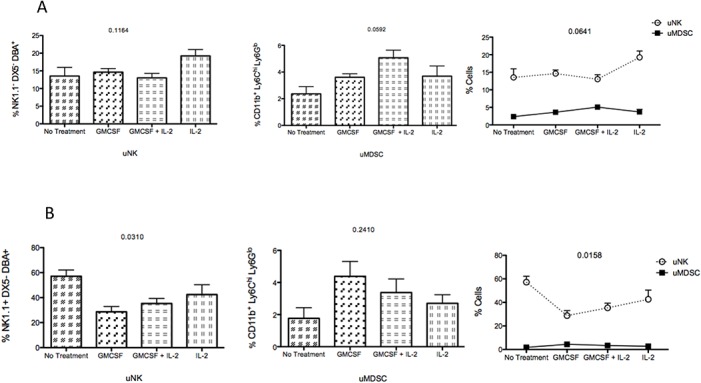Fig 7. Effect of GM-CSF on the uNK cells and uMDSC from pregnant mice.

A. CBA/CaJ female mice were mated with C57BL/6 allogeneic male mice. Uterine NK cells were flow sorted to obtain a NK1.1- DX5- DBA+ cell population that was incubated with GMCSF (20ng/ml) ± IL-2 (20ng/ml) for 5–7 days. Expression of uNK and CD11b+Ly6GhiLy6Clo and CD11b+Ly6GloLy6Chi cell populations were analyzed using a flow cytometer. GMCSF treatment resulted in no significant change in the NK1.1- DX5- DBA+ cell population from the CBA mice (p = 0.1164). However, an increase of the CD11b+Ly6GloLy6Chi population was observed (p = 0.0592). An inverse correlation was observed between the uNK cells and uMDSC in presence of both GMCSF and IL-2 treatment but was not statistically significant. B. C57BL/6 female mice were mated with allogeneic CBA/CaJ male mice. Uterine NK cells were flow sorted to obtain a NK1.1+ DX5- DBA+ cell population that was incubated with GMCSF (20ng/ml) ± IL-2 (20ng/ml) for 5–7 days. Expression of uNK and CD11b+Ly6GhiLy6Clo and CD11b+Ly6GloLy6Chi cell populations were analyzed using a flow cytometer. GMCSF treatment resulted in a significant change in the NK1.1+ DX5- DBA+ cell population from the C57BL/6 female mice (p = 0.0310). However, the change in the CD11b+Ly6GloLy6Chi population was not significant (p = 0.2410). The effect of GMCSF was more pronounced in the uNK cells from the C57BL/6 female mice and a significant inverse correlation between uNK and uMDSC was also observed (p = 0.0158). Data are presented as mean± SEM and are representative of at least 3 experiments. Statistical analysis was done by one-way analysis of variance (ANOVA) using Kruskal-Wallis test and two way ANOVA.
